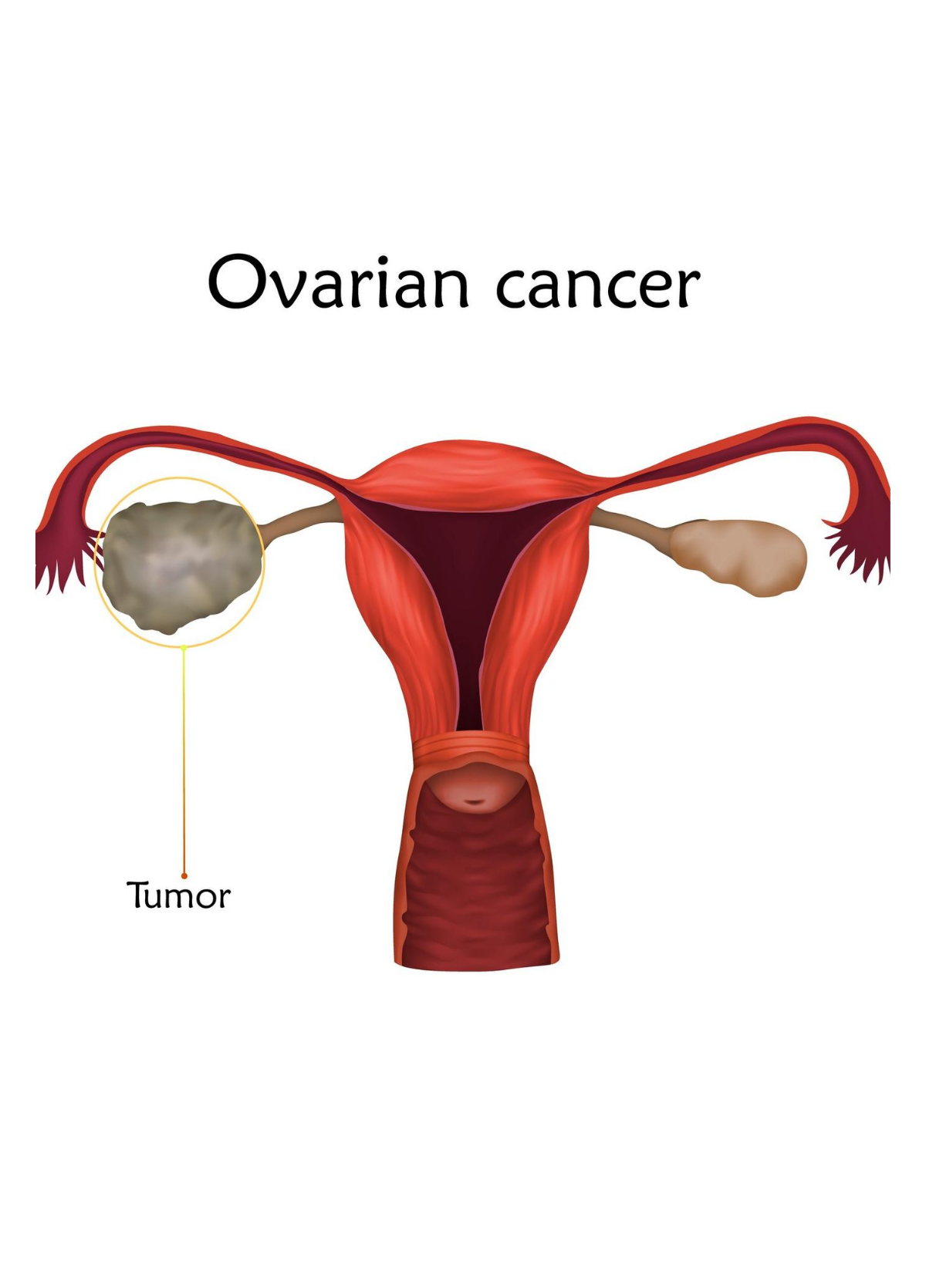The female reproductive system contains two ovaries, one on each side of the uterus. The ovaries produce eggs (ova) as well as the hormones oestrogen and progesterone. Ovarian cancer is a type of cancer that begins in the ovaries
Types of ovarian cancer
The type of cell where the cancer begins determines the type of ovarian cancer you have. Ovarian cancer types include:
Epithelial tumours
They begin in the epitheliums (surface layer of tissue) that covers the outside of the ovaries. About 90 percent of ovarian cancers are epithelial tumours. There are different types of epithelial cancer. They include serous (the most common type), endometroid, mucinous and clear cell.
The different types of epithelial cancer are
- serous
- mucinous
- endometrioid
- clear cell.
Borderline ovarian tumours
They are not cancer, but abnormal cells that form in the tissue covering the ovary. They are usually found in women ages 20-40. They grown more slowly than cancer cells and very rarely turn into cancer cells. These type of tumours can be cured with surgery.
Germ cell tumours
They begin in the cells in the ovaries that develop into eggs. which begin in the egg-producing cells. These rare ovarian cancers occur in younger women (up to age age 30s) but treatment usually works well for this type and rarely come back. There are two different types of germ cell tumours. They are benign and malignant germ cell ovarian tumours.
Examples of benign germ cell tumours are dermoid cysts or mature teratoma which are more common in women in their child bearing years. Examples of malignant germ cell tumours are immature teratoma, yolk sac tumours, dysgerminomas, polyembryoma, mixed germ cell tumours.

